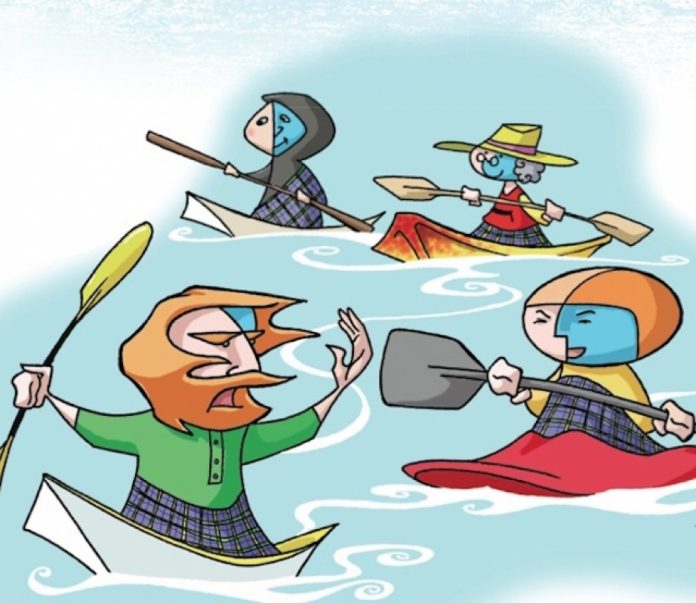Park your car and get right on the water with these three destinations.
VALLEY FALLS, Tygart River, WV
Check the gauge for levels ranging from 3.7 to 4.7 feet, sign in at the Valley Falls State Park office and put in. This is a two-tiered set that drops a total of 24 feet, with many possible lines depending on levels. Its quick foot shuttle makes running laps easy. The falls themselves are pretty friendly but the hole at the bottom has a reputation for recirculating swimmers. Put in and take out on the right, avoiding the active rail line on the other side of the river.
YOUR RIDE
Wave Sport Habitat
SHUTTLE ROUTE
Take exit 137 off of I-79 and follow WV 310 south for seven miles. At the Valley Falls State Park sign, turn right and continue to the park entrance. The park is about 30 minutes
TRICK OR TREAT FALLS, Quyon River, QC
This forgiving waterfall is on the lower Quyon River, right before it dumps into the mighty Ottawa. Just outside of Canada’s capitol city, it offers aspiring hucksters a friendly, seven- to 10-foot drop with no rapids downstream to worry about. There is no gauge in the area but paddlers can perfect boof strokes, landings and downriver freestyle moves at Trick or Treat from March to December.
YOUR RIDE
Fluid Bazooka
SHUTTLE ROUTE
Take highway 148 west out of Gatineau for about 55 kilometers (35 miles). Park on the side of the road near the bridge over the Quyon River, just past the turn off into downtown Quyon. The put-in trail is on private property so be respectful.
BABY FALLS, Upper Tellico River, TN
At lower flows—around 300 cfs—the Ledges section of the Tellico is a great training ground. You’ll have to run or portage a couple of quick ledges before arriving at Baby Falls. Eddy out on the right and scout the drop. The 14-footer is best run to the right, which will land your boat into an eddy, or boof the left side into the deep pool below. A couple of class III-IV rapids downstream can be easily portaged, or run these as well to further hone your skills.
YOUR RIDE
Esquif L’Edge
SHUTTLE ROUTE
Take TN 165 east out of Tellico Plains. Stay right at the first split and right again onto Tellico River Road. Cross a bridge with the 80-foot Bald River Falls on your right and the Tellico on your left. Cross a second bridge and look for a pull off on your right. This is the put-in. Take out at the bridge about a half-mile below Bald River Falls.
For more whitewater destinaton articles from Rapid, click here.
This article originally appeared in Rapid, Early Summer 2012. Download our free iPad/iPhone/iPod Touch App or Android App or read the rest here.




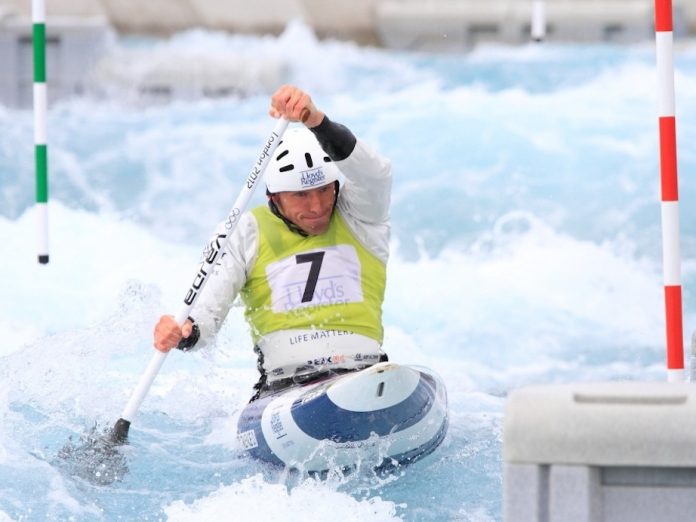
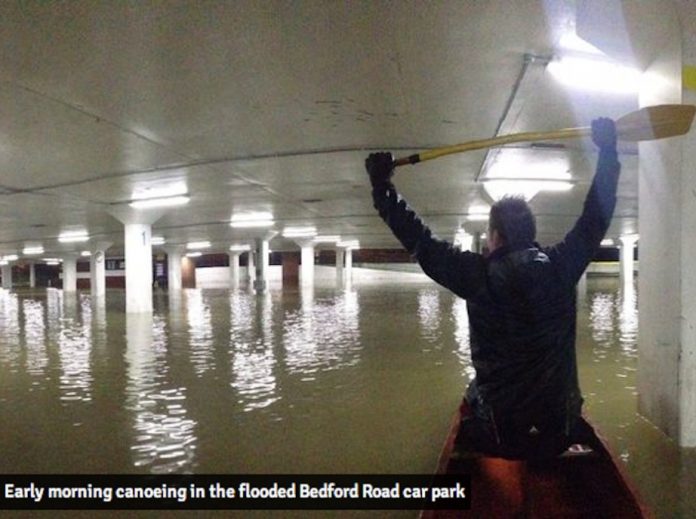
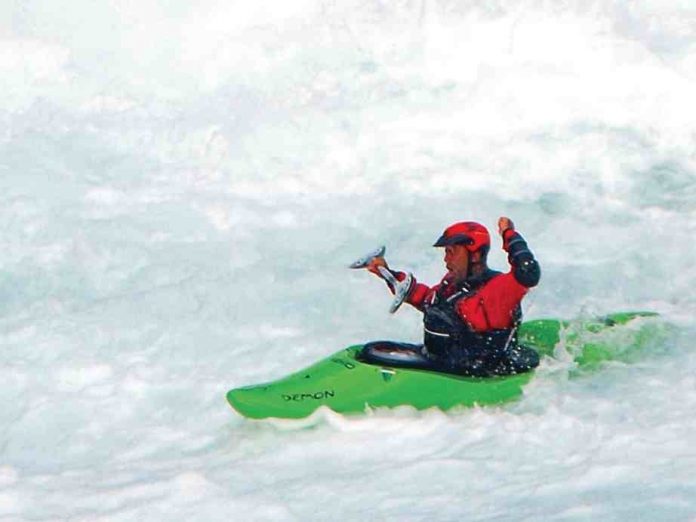
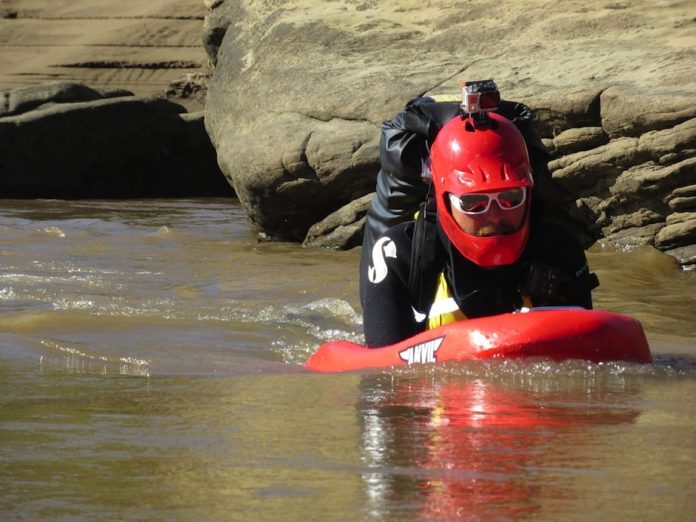
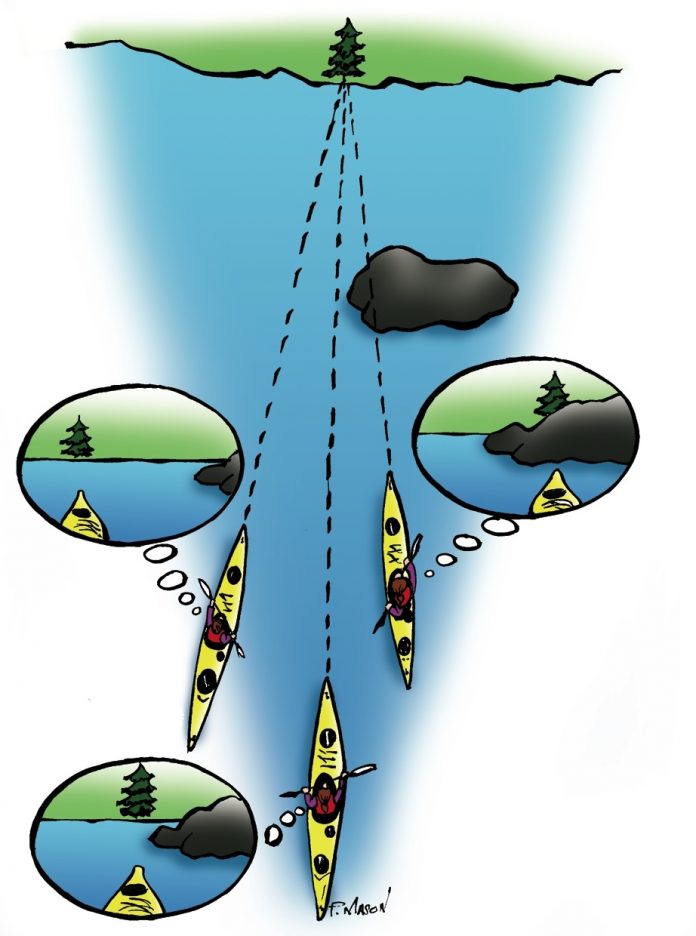
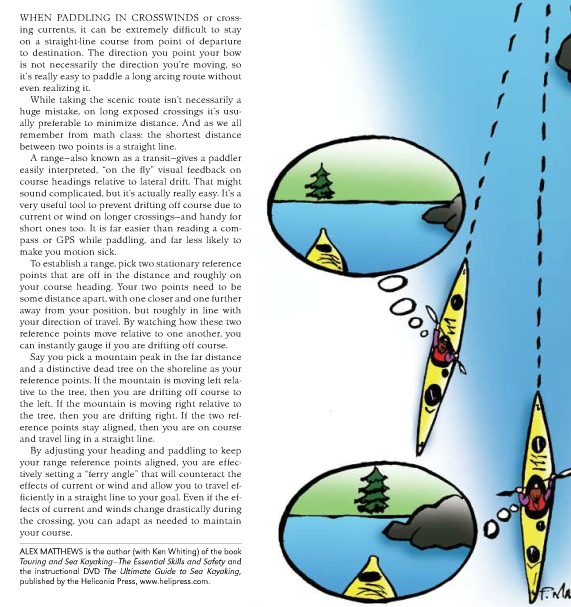
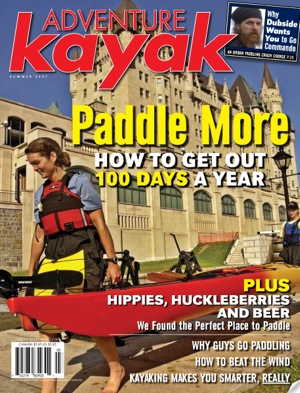 This technique article originally appeared in Adventure Kayak, Summer 2007. Download our free
This technique article originally appeared in Adventure Kayak, Summer 2007. Download our free 